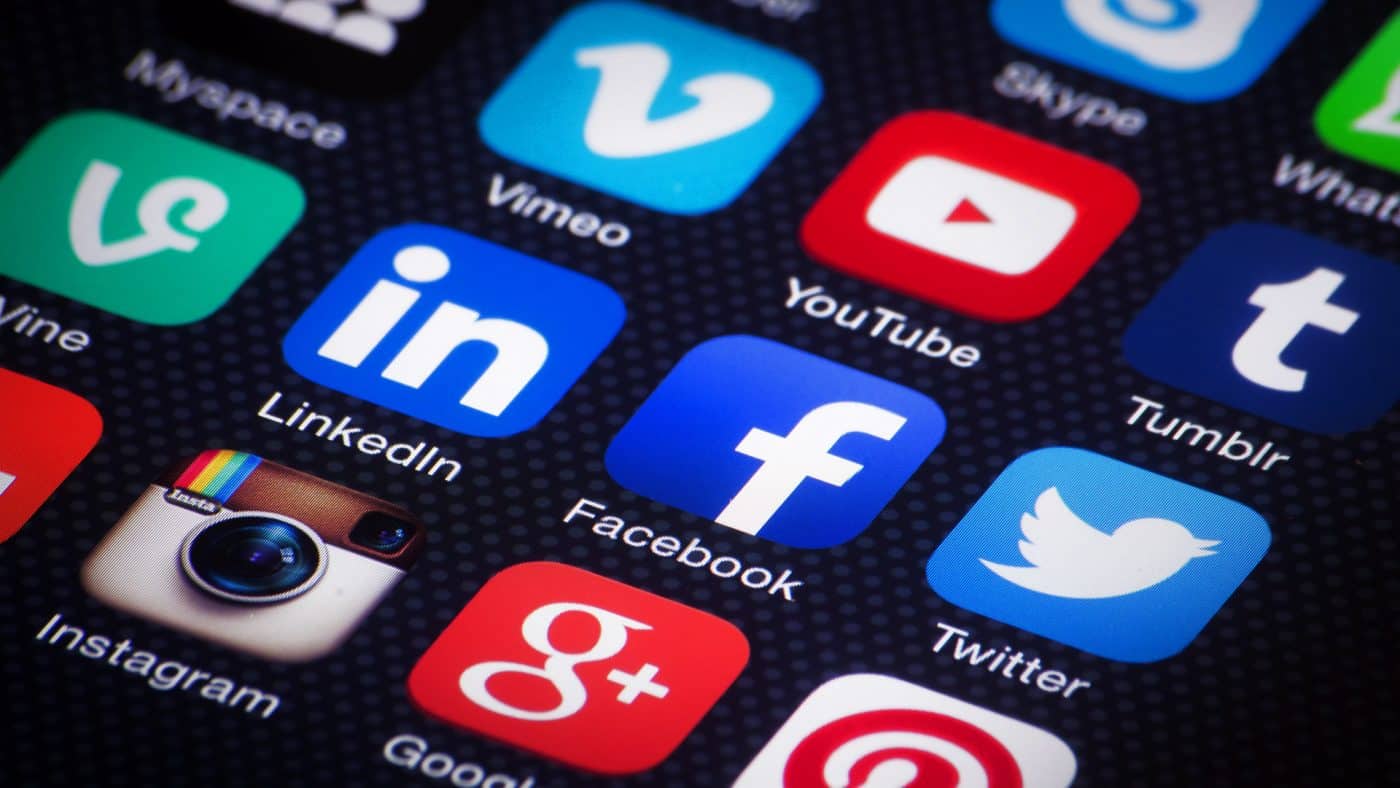Google Play already has a lot of security measures in place that help maintain a secure app environment. But sometimes a dangerous app manages to slip through the cracks. Thousands of people can download it before it’s removed.
Also, with so many third-party app stores on the market, one can never be 100% sure whether something is legitimate before downloading. That is why it’s imperative to be diligent when it comes to your online security. Here are some tips on how to spot malicious apps before downloading.
1. Avoid Third-Party App Stores
Although there are many great and useful third-party app stores on the market, there is an equal number of shady, fake ones as well.
When downloading from an unknown source, you have less protection in place. Such websites usually don’t require any developer registration. Moreover, they have a weaker security infrastructure, so it’s easy to publish dangerous apps.
If you’re keen on using third-party app stores, then make sure to do thorough research before downloading anything. There are a couple of reputable third-party websites such as F-Droid and APK Mirror, so start there.
2. Check the Number of Downloads and Reviews
Reviews and the number of downloads can be a pretty good insight into the legitimacy of an app.
Imagine this. You come across an application that a smaller developer recently released. And it already has a massive number of downloads. It feels like something might be fishy, doesn’t it? Then trust your gut. Scammers often pay individuals to download their app to make it seem more legitimate.
Reviews are another great way to inspect the legitimacy. Take a careful look at what people are saying. If all reviews are fantastic and none of them highlights any issue, the chances are that they’re fake. Again, malicious developers tend to purchase reviews to make it seem valid.
3. Check App Permissions
Installing an app without reading the description or checking permissions is a recipe for disaster.
Let’s say you’re thinking of downloading a game. You read the description and see that it requires access to your images, contact list, messages, or other private folders. Isn’t it a bit much for a game to function? The chances are that it’s a scam.
Scammers know that users often skip the permissions part. So they require access to private parts of your device. That is a huge red flag. If you come across an app that does that, don’t even bother installing it – it’s likely a scam.
4. Be Skeptical of Free Apps
Some apps don’t need that much to make so that they can be free. But some are expensive to make and keep running. If they are free, it’s not always a sign of a generous developer.
Take virtual private networks, for example. They have so many privacy benefits that they are everywhere nowadays. But even if they were easy to make, VPN needs hundreds of servers to work. And keeping those servers up and running costs a lot. So why on earth would a service distribute VPN apps for free? The answer is, they make money in other ways. It can be by logging and selling user data, showing flashy malicious apps, or using your bandwidth for their proxy service.
That’s why you should always be skeptical of free apps. If you need a VPN, go for a premium provider with no-log policy, for instance, NordVPN. If it’s another app you’re after, compare it with paid alternatives, and consider whether the developer has your best interests at heart.
5. Perform a Pre-Installation Scan
Performing a pre-installation scan can be a great way to keep intruders at bay. Most popular antimalware apps tend to have an option that allows you to scan an app before you download it. It is probably one of the safest (and easiest) ways to detect whether an app is fake or real. Security software should be your best friend, so make sure to install it on every device.
6. Check the Description
Users often tend to skip through the description. What they don’t know is that the description box can be a great way to figure out whether an app is real or a scam.
Trustworthy developers take their time to write descriptions. They highlight essential functions, discuss every update, etc. Moreover, they tend to be fluent in English. So, if you notice a lot of grammar and spelling errors, or if the app screenshots seem stolen, then that’s a bad sign.
According to the Google Play policy, screenshots must include essential features. If you see generalized images without any highlights, don’t download it.
7. Research the Developer
If everything appears to be legitimate, but you aren’t 100% convinced, you can always research the developer online. You can do that directly on Google Play and see which other apps they have released. Performing an additional Google search can also prove whether the developer is reputable or if they are another scam.


